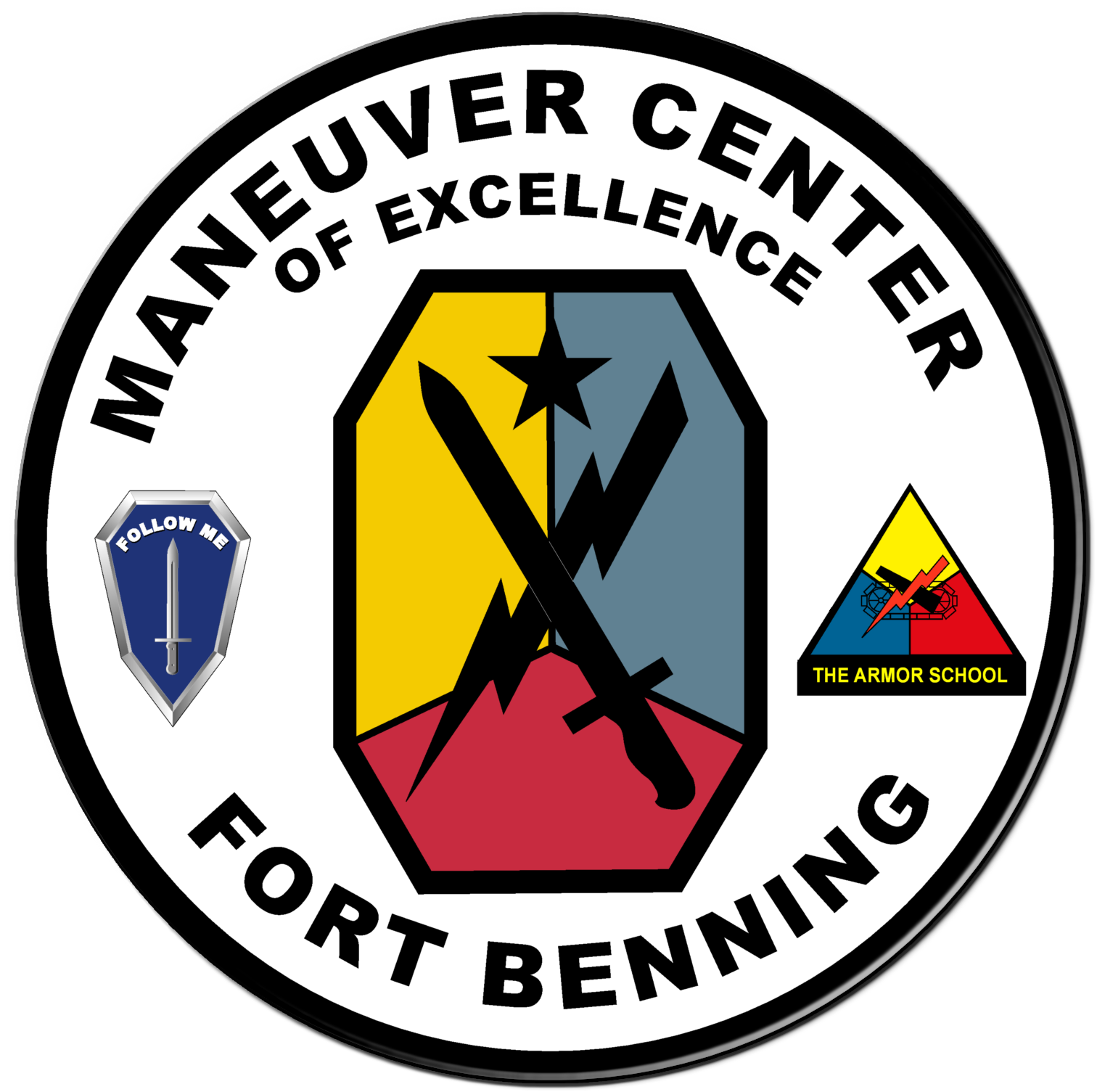Fort Benning
U.S. Army Fort Benning and The Maneuver Center of Excellence

2nd Squadron, 15th Cavalry Regiment Site
2nd Squadron, 15th Cavalry Regiment
History
The 2nd Squadron, 15th Cavalry Regiment is the descendant of Troop B of the 15th Cavalry, which was organized in March 1901 at the Presidio of San Francisco in accordance with General Order 14, War Department, 1901.
The 15th Cavalry embarked for the Philippines to quell an insurrection in the United States newly acquired territory. The fierce combat in the Philippine jungles against the savage Moros forged the spirit of the regiment in fire and blood; a spirit exemplified in the motto the regiment chose for itself - Tous pour un, un pour Tous (all for one, one for all).
The Regiment's next action was part of the Cuban Pacification from 1906 to 1909, followed by duty along the Mexican border and the hunt for poncho villa.
When the United States entered World War I, the regiment sailed for France as one of the four horse mounted regiments on duty with the allied expeditionary force. The fighting had already bogged down into trench warfare and the role of horse Cavalry was nearly over. The 15th was called upon to dismount and relieve exhausted infantry units in the trenches. It was the tank that finally broke the trench lines to end both the war and the role of the horse soldier. The 15th served occupation duty after the war until June 1919 when it returned to the United States. Sadly after 20 years of continuous active service, the regiment was deactivated as part of the massive cutbacks in the regular Army following the "War to end all Wars".
With the advent of the Second World War, the 15th was again called to service in March 1942. The spirit and elan of the Cavalry were to lead the Army again, this time with new mounts, the armored car and tank. In England, the 15th was reorganized as the 15th Cavalry Group, Mechanized. The 15th landed on Utah beach on the 5th of July 1944 as part of Patton’s Third Army.
The 15th served in four major campaigns in Europe: Normandy, Northern France, Rhineland, and Central Europe. The 15th fought as part of the Third Army, Ninth Army and was assigned as a security force for several different Divisions. The end of the war found the Regiment deep inside Germany, covering over 1000 miles of enemy held territory since landing on the continent in July 1944. The 15th had taken nearly 7000 prisoners, destroyed 78 guns and 495 enemy vehicles.
Following the war, the 15th was re-designated the 15th Constabulary Regiment, charged initially with occupation duty of Germany. The Second Squadron was re-designated as the 17th Reconnaissance Squadron and served as the “Palace Guards” in Heidelberg. The cold war began in earnest, the Regiment's duty shifted to patrolling the border between West Germany and East Germany, as well as the border with Czechoslovakia. The force guarded the border until 1952.
From 1952 to 1987, the Regiment went through a series of re-designations, inactivations and re-activations. Elements of the regiment served across the Army from Korea, Germany, the United States and Vietnam. G Troop, 15th Cavalry Regiment arrived in Vietnam on 15 December 1971. For this security assignment, G Troop was equipped with the M-551 Sheridan Assault Vehicles in place of their normal tracked vehicles. G Troop returned from Vietnam on 26 February 1972.
In March 1987, the Army overhauled its Combat Arms Regimental System (CARS) to restore some order to the history and lineage of its regiments. One goal of this reform was to keep on active duty those regiments which had earned distinguished records over long years of service.
The 15th Cavalry clearly deserved such recognition and in March 1987, the 15th Cavalry Regiment was reactivated at Fort Knox, Kentucky. The Regiment, as part of the 1st Armor Training Brigade, assumed the mission of training 19D Cavalry Scouts. On 1 May 2018, The 2nd Squadron, 15th Cavalry Regiment “Lions” was activated, and as the lowest numbered active Squadron it now maintains the Regimental Colors. The Squadron is charged with the responsibility for training the enlisted Cavalrymen for America’s Army.
In June of 2024, the Squadron also began training of 19C (BFV armored crewmen) the Army’s newest MOS.
LIONS COVER THE FRONT!